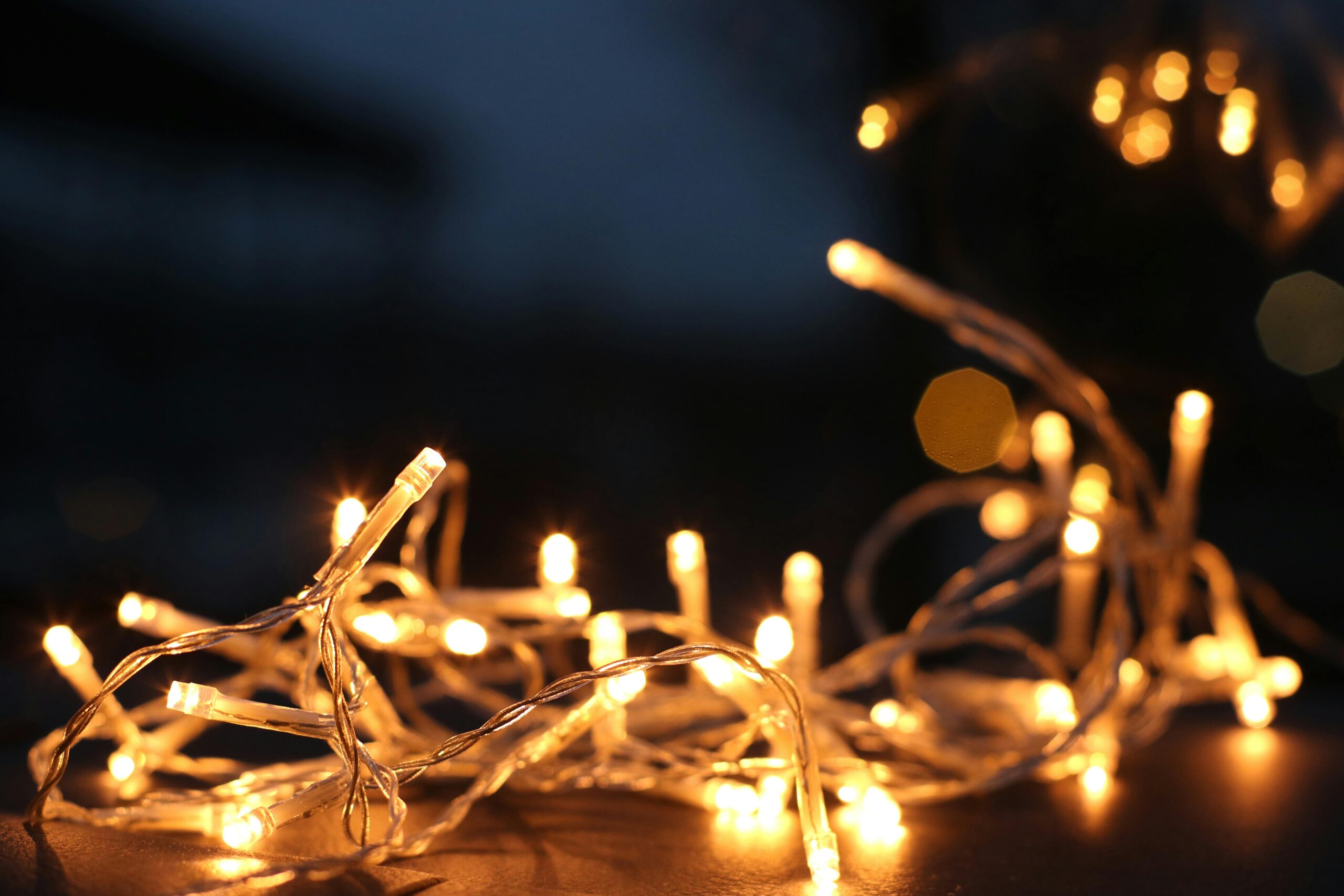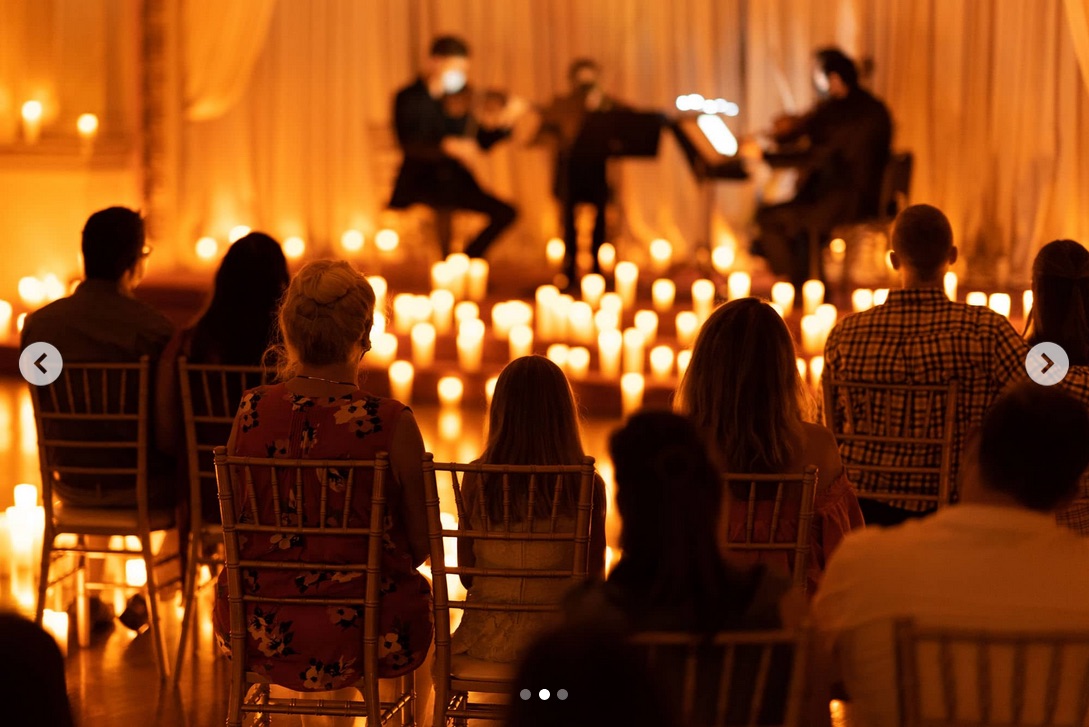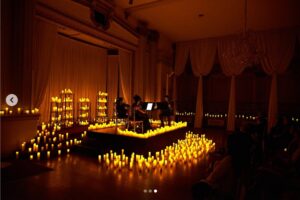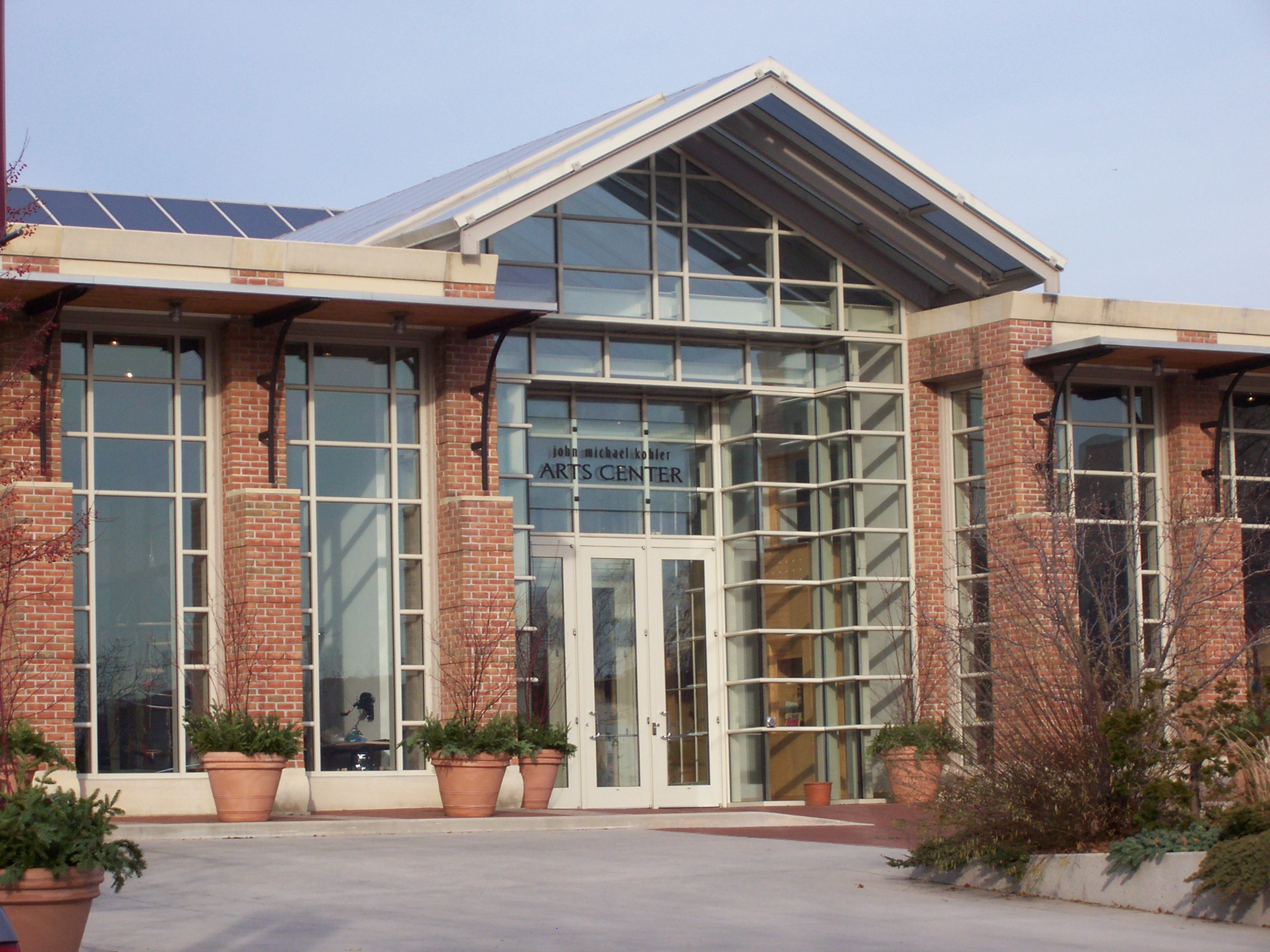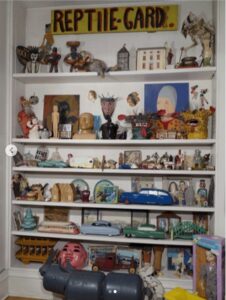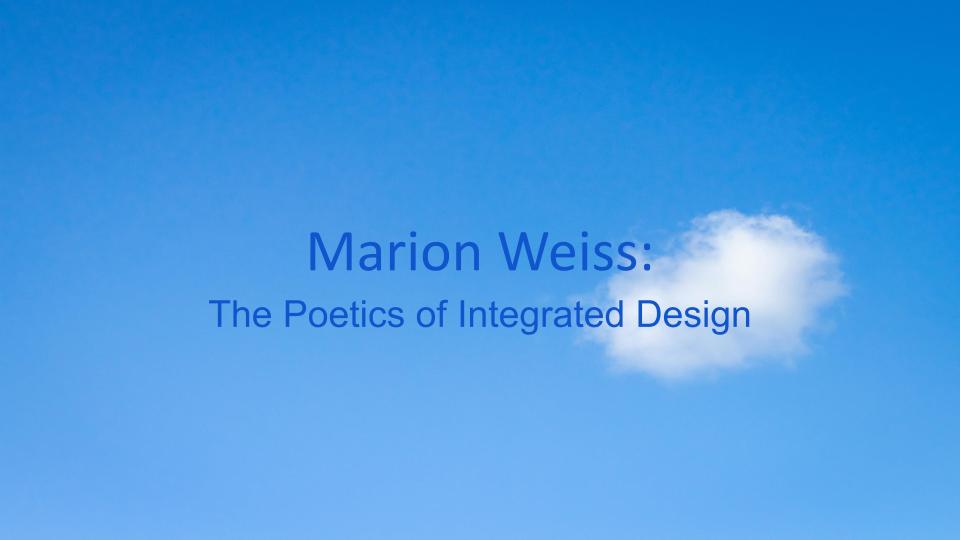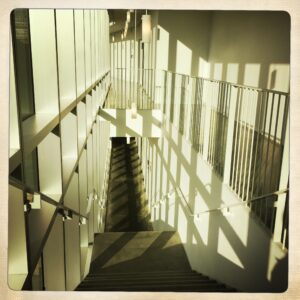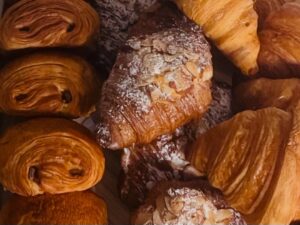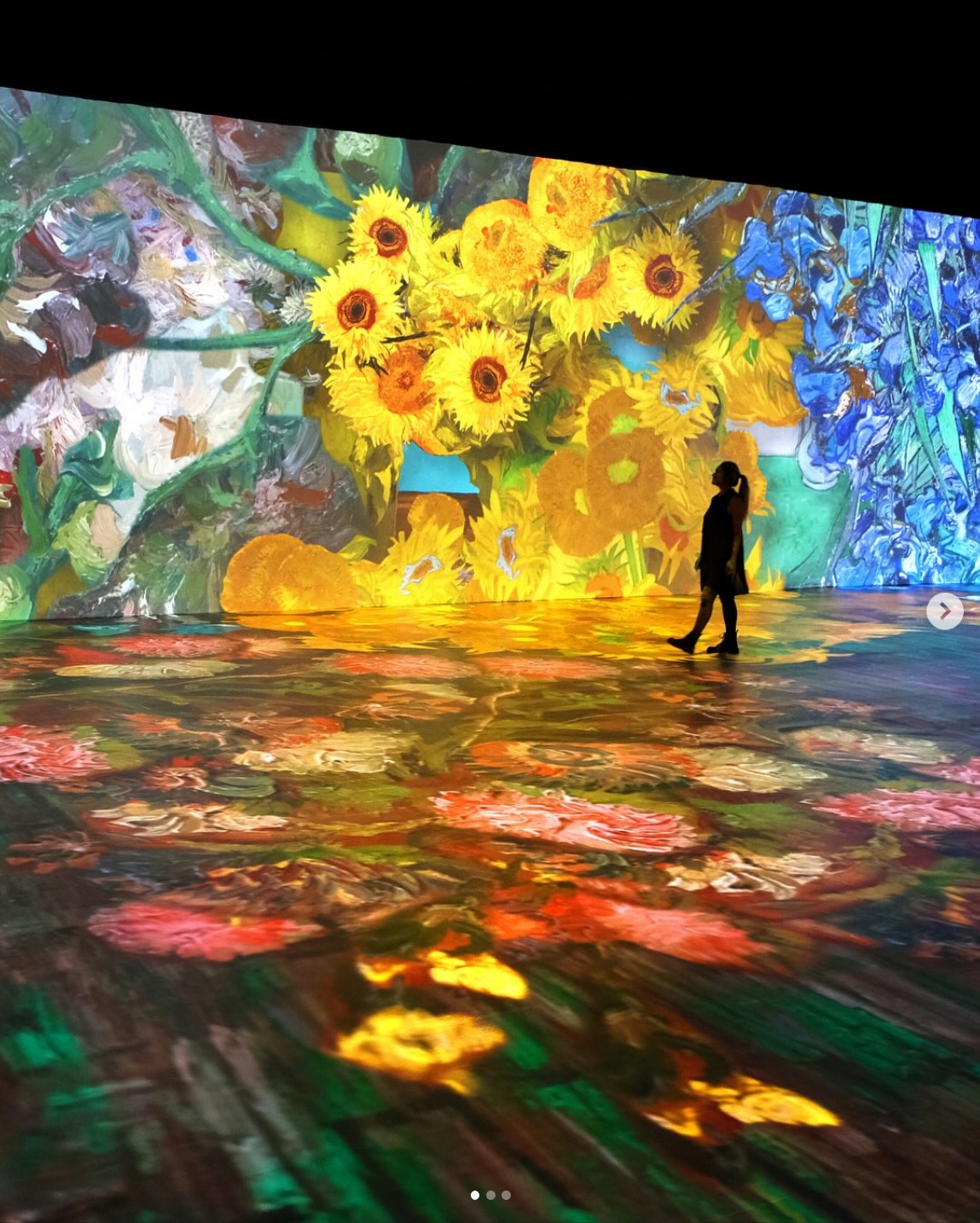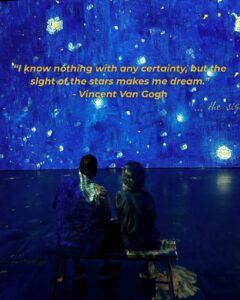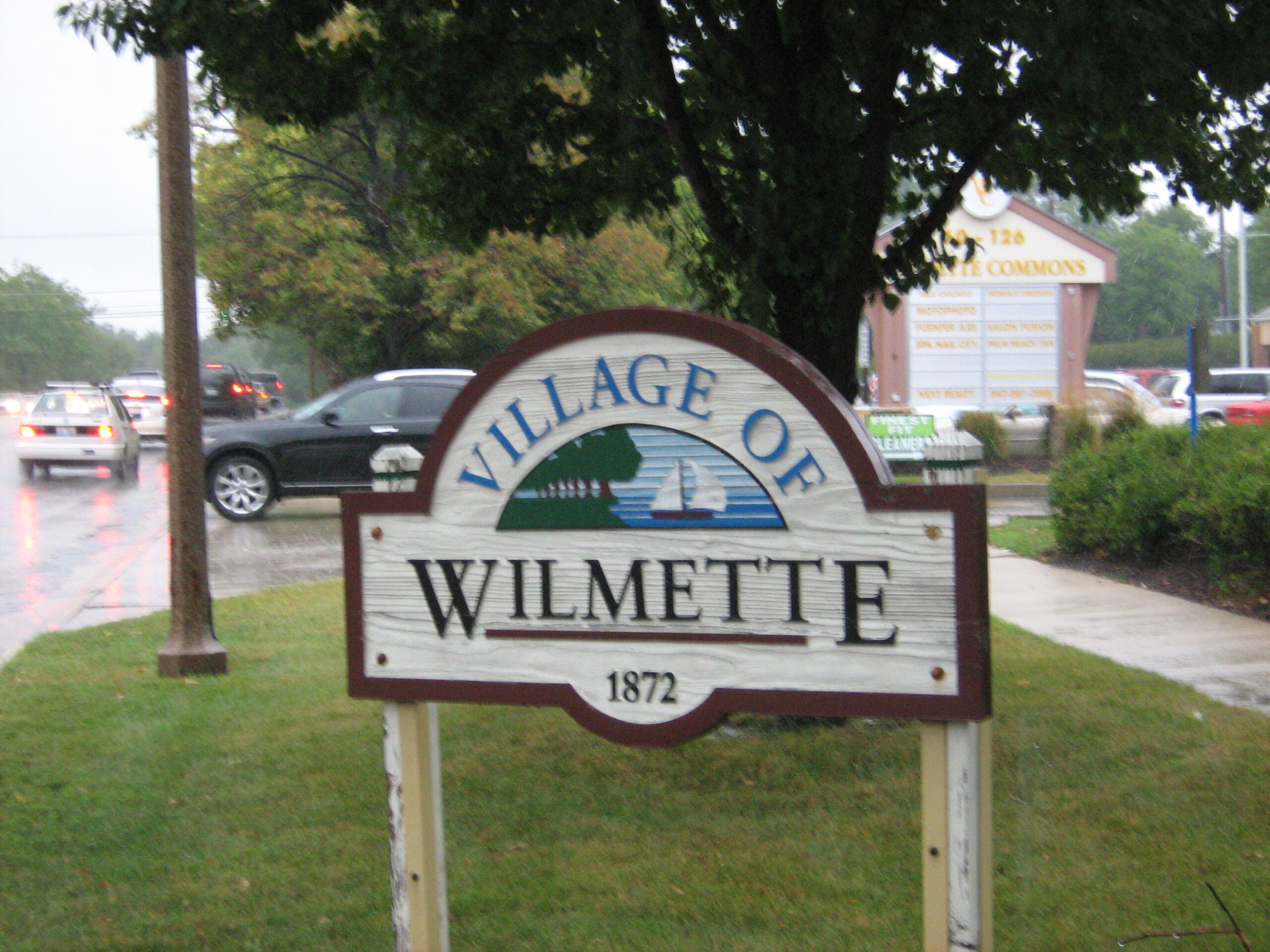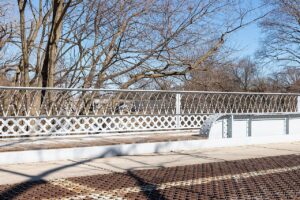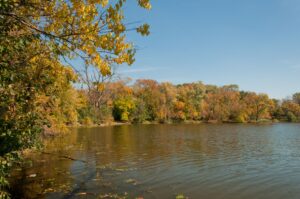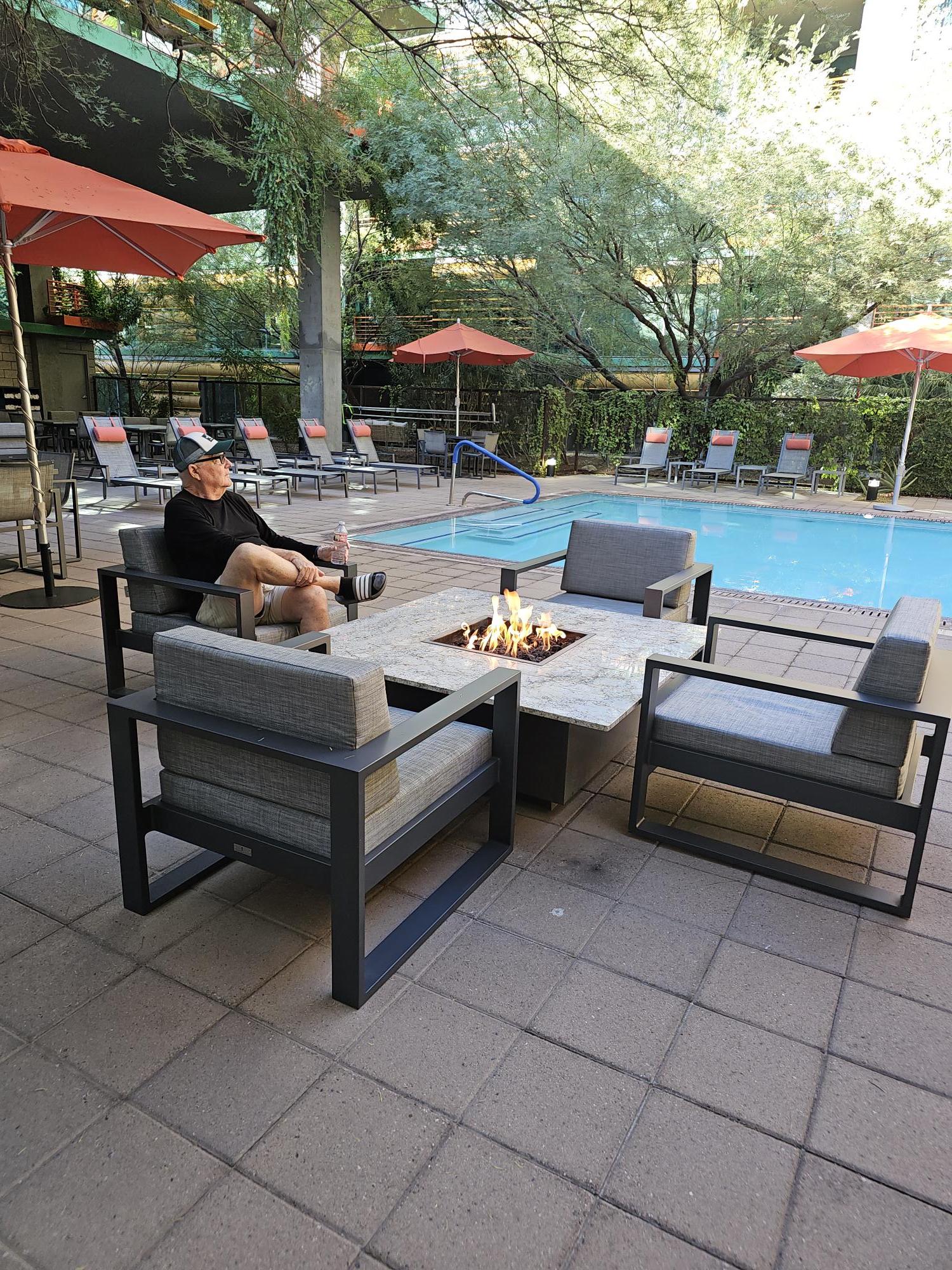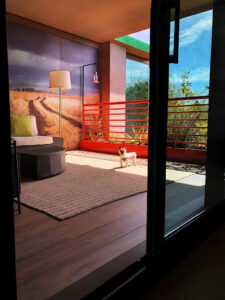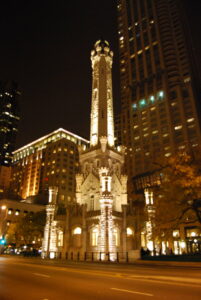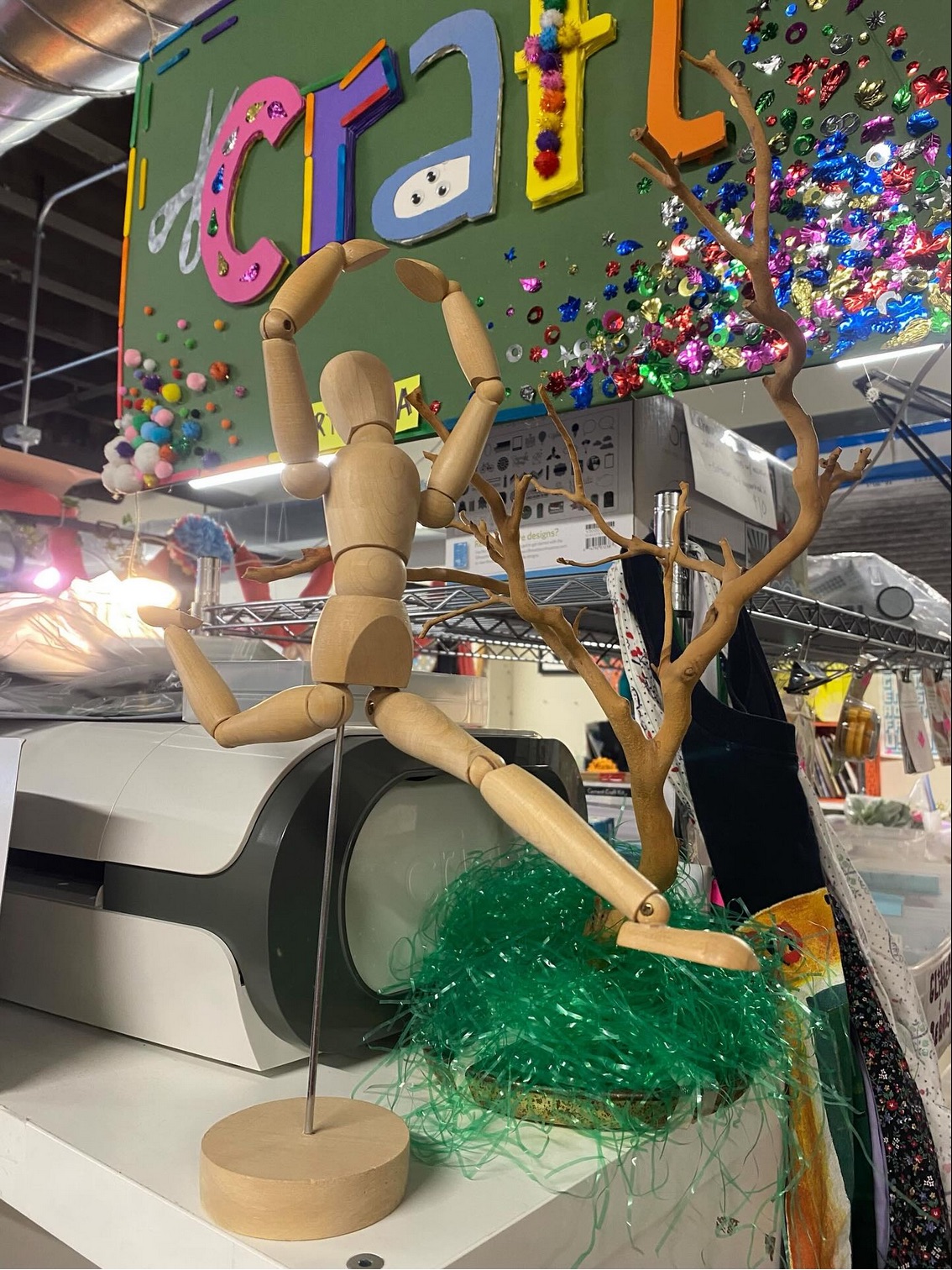The holidays arrive gently inside a modernist home. Light stretches across expasive floors. Glass walls gather the shifting colors of winter. The architecture—open, minimal, intentional—sets the tone. Instead of competing with this clarity, holiday décor can echo it, creating moments of warmth that enhance, rather than overwhelm, the space.
For residents of Optima® communities — Optima Signature® and Optima Lakeview® in Chicago, Optima Verdana® in Wilmette, and Optima Kierland Apartments®, Optima Sonoran Village®, and Optima McDowell Mountain® in Scottsdale, the season is an opportunity to celebrate the beauty of restraint: decorating in ways that honor materiality, play with light, and bring nature indoors. Here’s a guide to approaching holiday décor through a design-conscious lens—one that feels at home in modernist spaces.
Begin with Light: The Season’s Most Modern Material
In modernist architecture, light is everything. This time of year, it becomes an active participant in the room.
- Use soft, warm glows. Think frosted glass lanterns, minimal metal candleholders, or a cluster of tea lights arranged with intention. Light should feel quiet—more atmosphere than ornament.
- Let reflections do the work. In homes with floor-to-ceiling glass, even the smallest illumination can multiply. Place lights where the architecture amplifies them: along window ledges, against concrete columns, or on floating shelves.
- Avoid heavy string lights. Instead, choose delicate strands or sculptural LED pieces that feel like part of the architecture, not an afterthought.
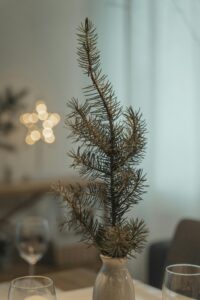
Bring Nature In—With Restraint
Modern interiors excel when materials speak. During the holidays, nature can add warmth without clutter.
- Choose simple greenery. A single branch of pine in a tall, narrow vase can be more striking than an entire garland. Eucalyptus, magnolia, desert botanicals, or juniper offer subtle color and shape.
- Think sculptural, not sprawling. Minimal wreaths made from a thin brass ring and a small cluster of greenery feel contemporary and elegant—perfect for glass doors or concrete walls.
- Honor the palette around you. Chicago and Wilmette residents might echo the winter landscape with muted greens and silvers, while Scottsdale homes can play with desert tones: sage, dusty rose, soft gold.
Use Color as an Accent, Not a Theme
Modernist interiors thrive on clarity. Too much color can feel noisy, but a single hue—strategically placed—can bring the season alive.
- Pick one color story. Think deep forest green, warm terracotta, soft gold, or even a rich charcoal. Repeat it sparingly in textiles, glassware, or small decorative objects.
- Let materials take the lead. Raw wood, brushed metal, wool, and stone carry warmth without introducing unnecessary visual clutter.
- Avoid patterned décor. Minimalist spaces benefit from solids, textures, and tone-on-tone gestures that feel calm and architectural.
Create Small, Intentional Gatherings of Objects
Modernist design loves a vignette—a small cluster of objects that tell a story through composition.
- Try a holiday still life. Arrange three to five objects on a tray: a candle, a ceramic vessel, a small botanical, a sculptural ornament. Let negative space do the rest.
- Edit ruthlessly. If it doesn’t add beauty or meaning, it’s not needed. One thoughtful arrangement can feel more festive than an entire room of decorations.
Let the Architecture Shine
Holiday décor shouldn’t hide what makes Optima homes exceptional: the clean lines, the views, the expressive material palette.
- Keep sightlines open. Resist the urge to place decorations on every surface. Allow the visual flow from one room to another to remain uninterrupted.
- Highlight key architectural details. A concrete column wrapped with a single ribbon of greenery. A floating shelf with a minimalist candle. A glass corner that frames a small, sculptural tree.
- Choose décor that feels like an extension of the space. Think in terms of form, balance, and proportion—the same principles the architecture was built upon.
A Modern Holiday, Defined by Warmth and Intention
Celebrating the holidays in a modernist home doesn’t mean sacrificing tradition—it means shaping it to fit your environment. With clean lines as your canvas, small gestures can have big emotional impact. A soft glow. A sculptural branch. A simple palette. A sense of calm that carries through each room.
At Optima®, where light, material, and open space define the experience of home, the holidays become an opportunity to express beauty in its most distilled form. Modern, warm, and unmistakably yours.
